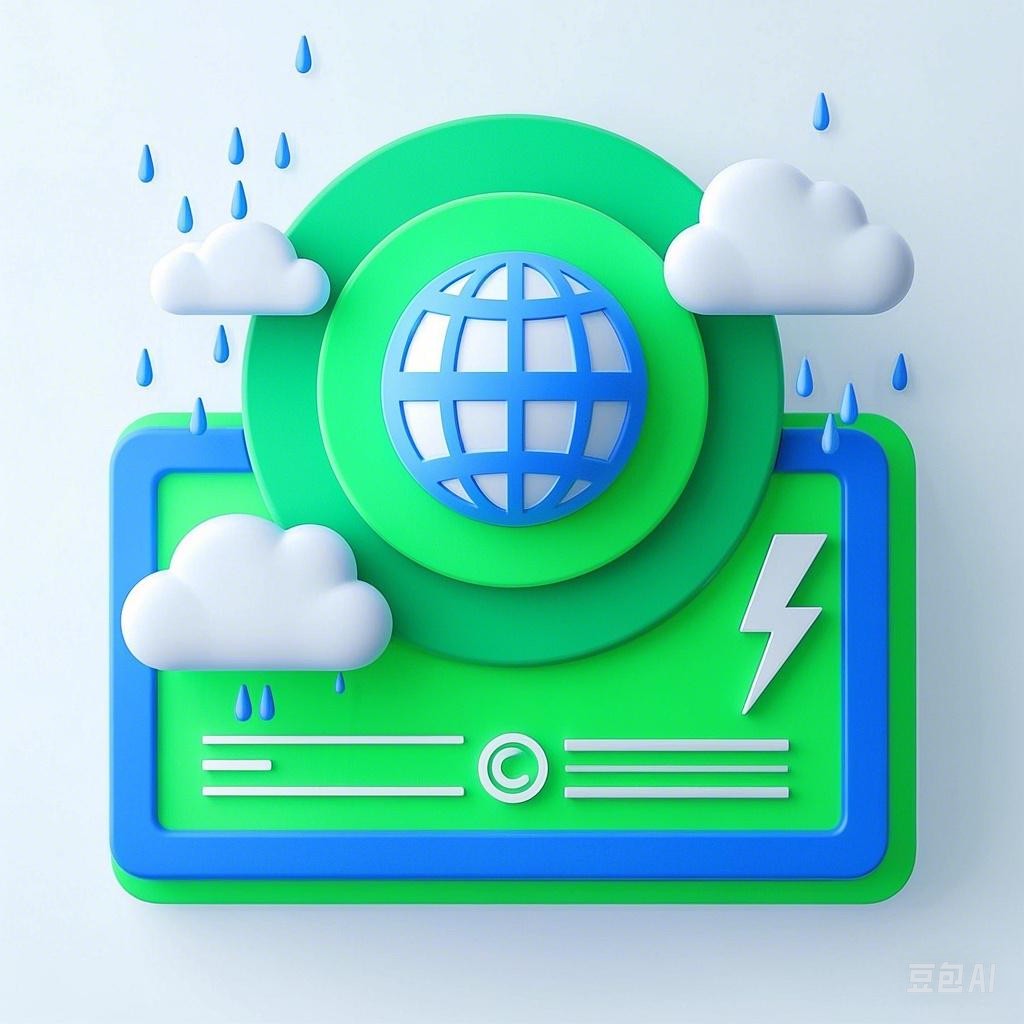Introduction
Typhoons, also known as tropical cyclones, are powerful storms that can cause widespread destruction when they make landfall. With their ability to bring heavy rainfall, strong winds, and storm surges, typhoons can devastate entire regions. This guide provides a comprehensive overview of disaster preparedness measures to help individuals, communities, and governments mitigate the impacts of typhoons.
Understanding Typhoons
What is a Typhoon?
A typhoon is a tropical cyclone that forms over warm ocean waters in the Northwestern Pacific Ocean. It is characterized by its strong winds, typically exceeding 119 kilometers per hour (74 miles per hour). Typhoons can cause significant damage to infrastructure, property, and human life.
Formation and Characteristics
Typhoons form over warm ocean waters, where the heat and moisture rise, creating low-pressure areas. These areas attract more warm, moist air, which rises and cools, releasing latent heat and further strengthening the storm. The eye of the typhoon, a calm and clear area at the center of the storm, is surrounded by the eyewall, where the strongest winds and heaviest rainfall occur.
Pre-Typhoon Preparedness
Assessing Risk
Before a typhoon approaches, it is crucial to assess the risk to your area. This involves understanding the historical data of typhoon occurrences, the topography of your region, and the potential impact on infrastructure and human settlements.
Developing an Emergency Plan
An emergency plan should be developed for your household, workplace, and community. This plan should include the following elements:
- Communication: Establish a communication plan with family members, friends, and neighbors. Ensure that everyone knows how to contact each other during an emergency.
- Evacuation Routes: Identify safe evacuation routes and shelters in your area.
- Emergency Supplies: Prepare an emergency kit with essential supplies, such as water, food, first aid supplies, flashlights, and batteries.
- Insurance: Review your insurance policies to ensure that you are adequately covered for potential damage caused by a typhoon.
Strengthening Infrastructure
Infrastructure in vulnerable areas should be strengthened to withstand the impact of typhoons. This includes:
- Building Codes: Implement and enforce building codes that require structures to be resilient against typhoon winds and rainfall.
- Strengthening Existing Structures: Retrofit existing buildings to improve their resistance to typhoon damage.
- Drainage Systems: Ensure that drainage systems are effective to prevent flooding during heavy rainfall.
During a Typhoon
Evacuation Procedures
If an evacuation order is issued, follow these procedures:
- Stay Informed: Monitor official announcements and updates from local authorities.
- Pack Essential Items: Pack your emergency kit and any necessary personal items.
- Travel Safely: Use designated evacuation routes and avoid flooded roads.
- Follow Instructions: Follow the instructions of local authorities and emergency personnel.
Sheltering in Place
If evacuation is not possible, take the following steps to shelter in place:
- Secure Your Home: Close and lock all doors and windows, and secure loose objects inside.
- Prepare for Power Outages: Have flashlights, batteries, and a battery-powered radio on hand.
- Stay Informed: Monitor official announcements and updates from local authorities.
- Stay Safe: Avoid using the phone or appliances during a power outage to prevent electric shocks.
Post-Typhoon Recovery
Initial Assessment
After a typhoon has passed, conduct an initial assessment of the damage to your property and community. This will help you prioritize your recovery efforts.
Reporting Damage
Report any damage to your property and infrastructure to your insurance provider and local authorities. This will help ensure that you receive the necessary support for recovery.
Recovery and Reconstruction
Recovery efforts should focus on the following areas:
- Cleaning and Sanitization: Clean and sanitize your home and community to prevent the spread of diseases.
- Repair and Reconstruction: Repair or reconstruct damaged infrastructure and buildings to improve their resilience against future typhoons.
- Community Support: Provide support to affected individuals and families, including food, shelter, and medical assistance.
Conclusion
Typhoons can be devastating, but with proper preparedness and response, their impact can be mitigated. By understanding the risks, developing emergency plans, and strengthening infrastructure, individuals, communities, and governments can work together to build a more resilient future against typhoon devastation.
